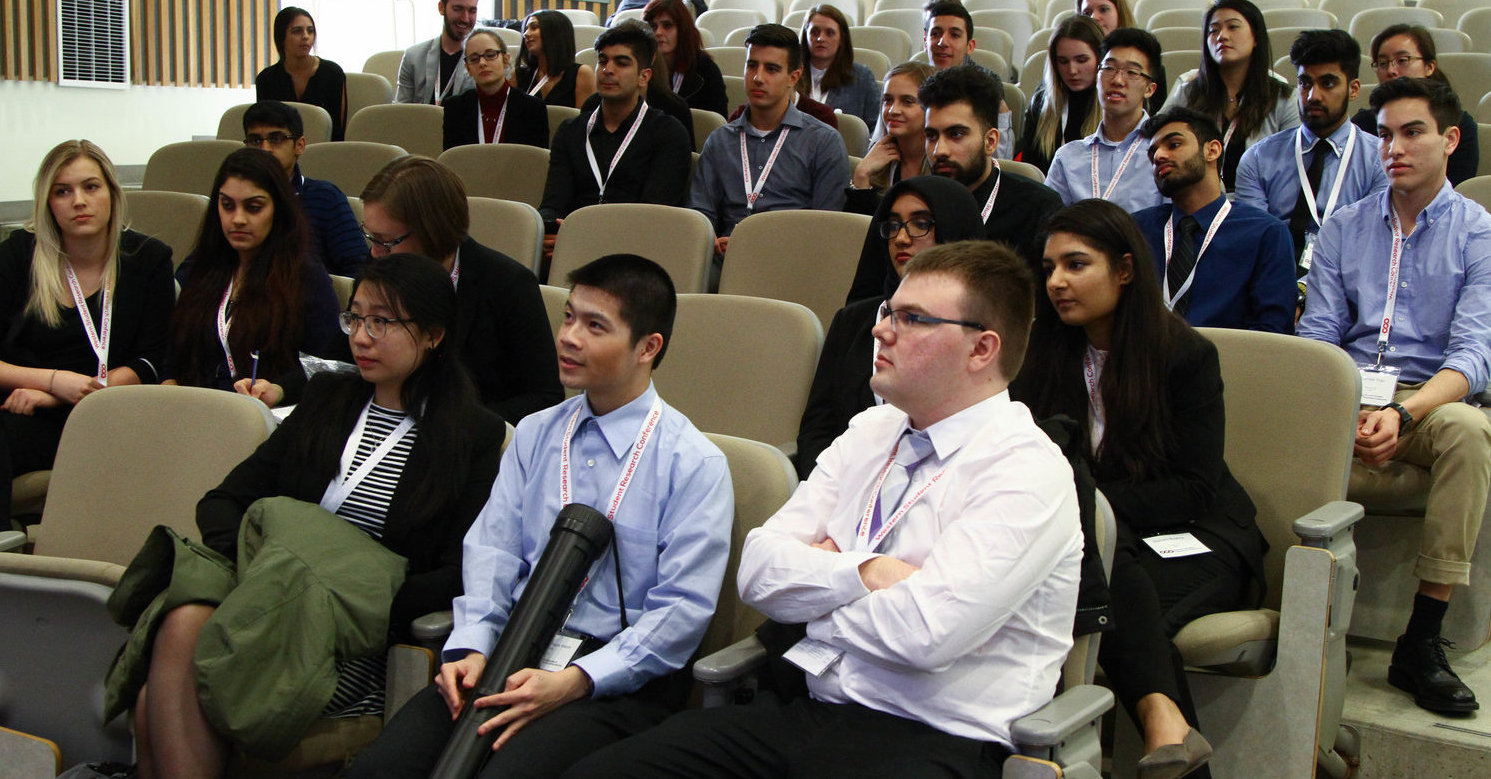Role of Parvalbumin Interneurons in Prefrontal Cortex Working Memory
Abstract
A specific subclass of inhibitory interneurons in the brain, called parvalbumin (PV) interneurons, are implicated in prefrontal cortex working memory. Dysregulation of these neurons can lead to neuropsychiatric disorders, such as schizophrenia. Although the role of PV interneurons in working memory has previously been studied, due to non-standardized methods of testing working memory in animal models, results have been contradictory. We are using mice to evaluate the role of PV interneurons during the delay, or maintenance, phase of working memory in a new standardized task called trial-unique delayed nonmatching-to-location (TUNL). This task is carried out in a touchscreen chamber invented by Dr. Bussey and Dr. Saksida of the TCN Lab at Western. We are also using optogenetics, an in vivo neural technique which allows for temporally controlled activation or inhibition of PV interneurons. We expect inhibition of PV interneurons during the TUNL task to decrease performance
Presentation Type
Poster Presentation
Role of Parvalbumin Interneurons in Prefrontal Cortex Working Memory
A specific subclass of inhibitory interneurons in the brain, called parvalbumin (PV) interneurons, are implicated in prefrontal cortex working memory. Dysregulation of these neurons can lead to neuropsychiatric disorders, such as schizophrenia. Although the role of PV interneurons in working memory has previously been studied, due to non-standardized methods of testing working memory in animal models, results have been contradictory. We are using mice to evaluate the role of PV interneurons during the delay, or maintenance, phase of working memory in a new standardized task called trial-unique delayed nonmatching-to-location (TUNL). This task is carried out in a touchscreen chamber invented by Dr. Bussey and Dr. Saksida of the TCN Lab at Western. We are also using optogenetics, an in vivo neural technique which allows for temporally controlled activation or inhibition of PV interneurons. We expect inhibition of PV interneurons during the TUNL task to decrease performance



